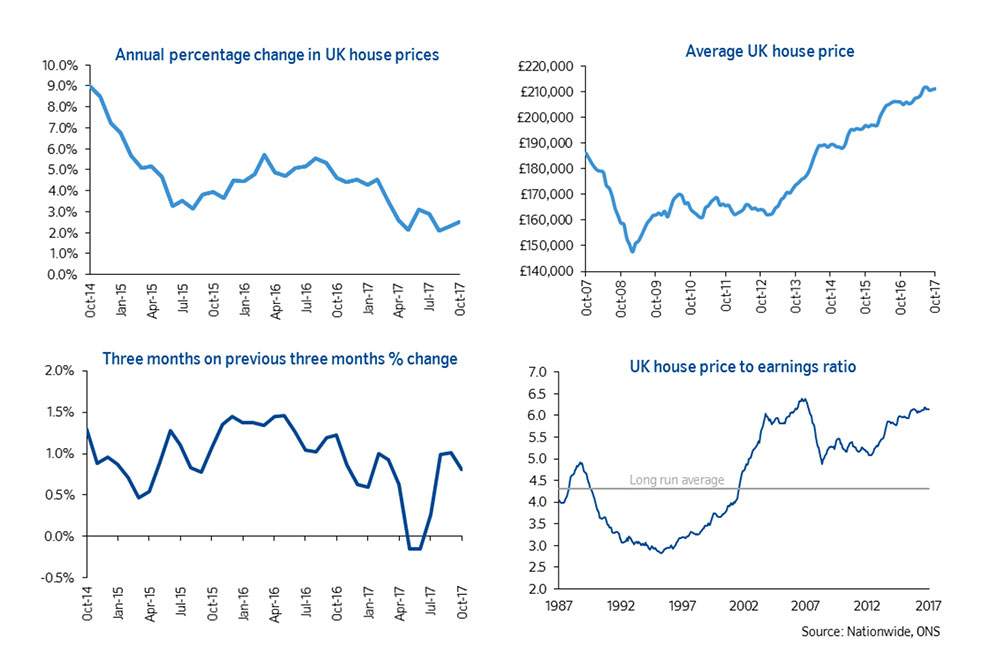International migration fuelling growth of housing demand in England
If you are under the impression that the widening gap between demand and supply of houses is the only reason for price inflation of residential assets in the UK, you could be wrong. For, latest research has revealed that international migration is also a growth driver of housing in England, especially London.

England’s population increased by 11 per cent between 2001 and 2015 (from 49.4m to 54.8m). At the same time, international migration has been an important driver, accounting for 60 per cent (3.2m) of the change over the period, data from Nationwide’s latest House Price Index, shows.
While this trend will have contributed to the increase in demand for housing, the size and nature of the impact depends on the size of the extra households that were formed. For example, migrants who live together in a house share will have less of an impact on housing demand than those living separately.
Between 2011 and 2015, there was 2 per cent increase in the number of households in England (from 21.3m to 21.9m). The increase has been largely driven by those born outside of the UK, in particular from the EU.
The number of households where the reference person was EU-born increased by 21 per cent between 2011 and 2015 (to 1.2m or 5.4 per cent of households), whereas the number of households where the reference person was non-EU born increased by 6 per cent over the same period (to 2.2m, 10.3 per cent of the total).
The research demonstrates that migration trends have also influenced tenure trends. Recent migrants are more likely to privately rent than live in social housing or their own home. The number of residents privately renting in England has increased significantly in recent years. Between 2011 and 2016, there was an estimated 1.5m increase in the resident population privately renting, of which 0.6m was due to migration – three quarters of whom were born in the EU. Indeed, 88 per cent of EU born residents and 80 per cent of non-EU born residents arriving between 2014 and 2015 rented privately.
The international migration has had larger impact on London with the capital absorbing around one-third of the increase in the EU-born population that rents privately in the last five years.
With London emerging as one of the top real estate destinations, it is attracting investors, house-buyers, job-seekers as the city also happens to be financial capital and the tech hub of Europe.
Of London’s private renting population, 60 per cent were born outside of the UK (26 per cent in the EU and 34 per cent outside of the EU), compared with less than 20 per cent in the North East, North West and Yorkshire & Humberside. There are around 1.6m EU-born renters in England (of which 1m are in London, the South East and East regions).
International migration is common phenomenon to any global city as people from different nations continue to explore opportunities for business and livelihood. The stakeholders of the property market should take note of these developments and plan from the long-term perspective to bridge the gap between the demand and supply of housing.
Source: Nationwide House Price Index


